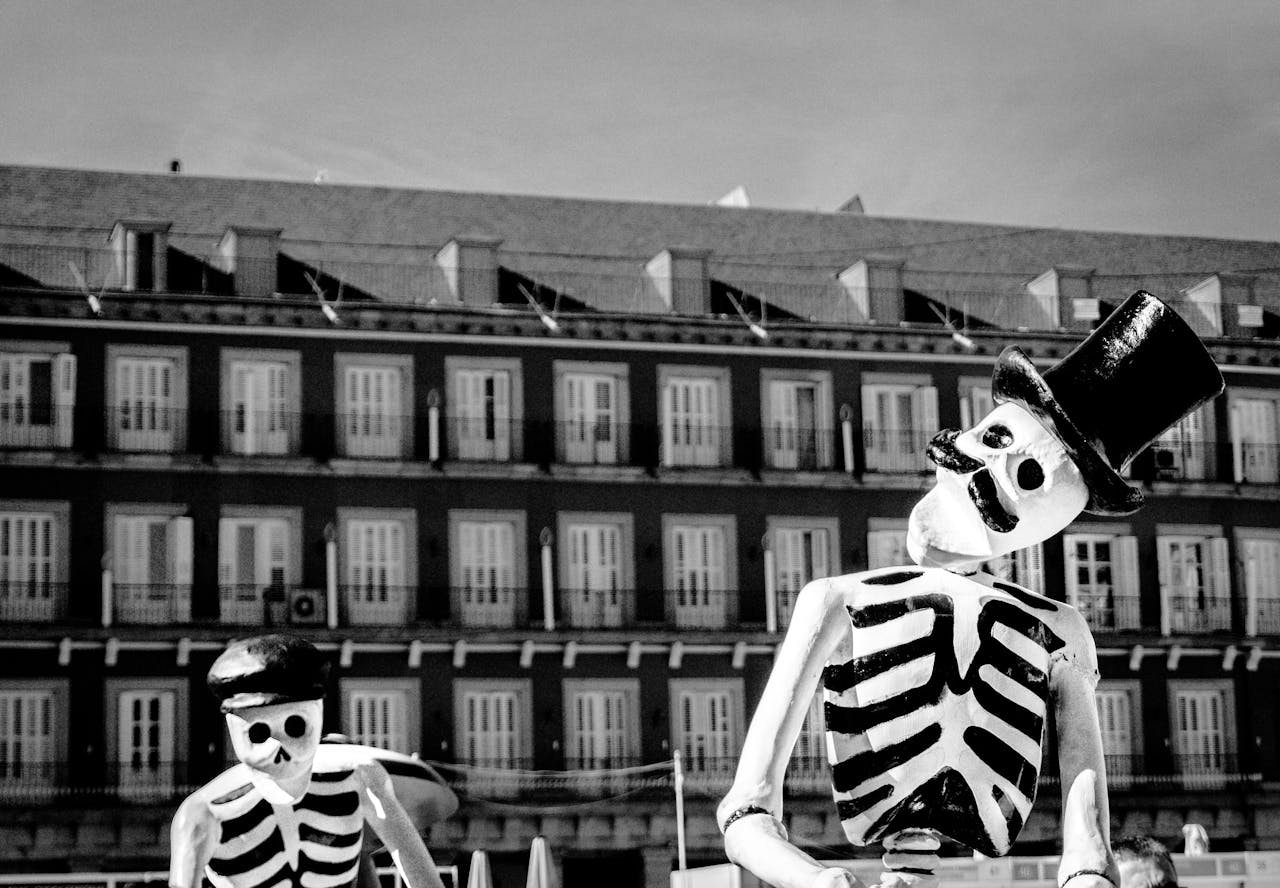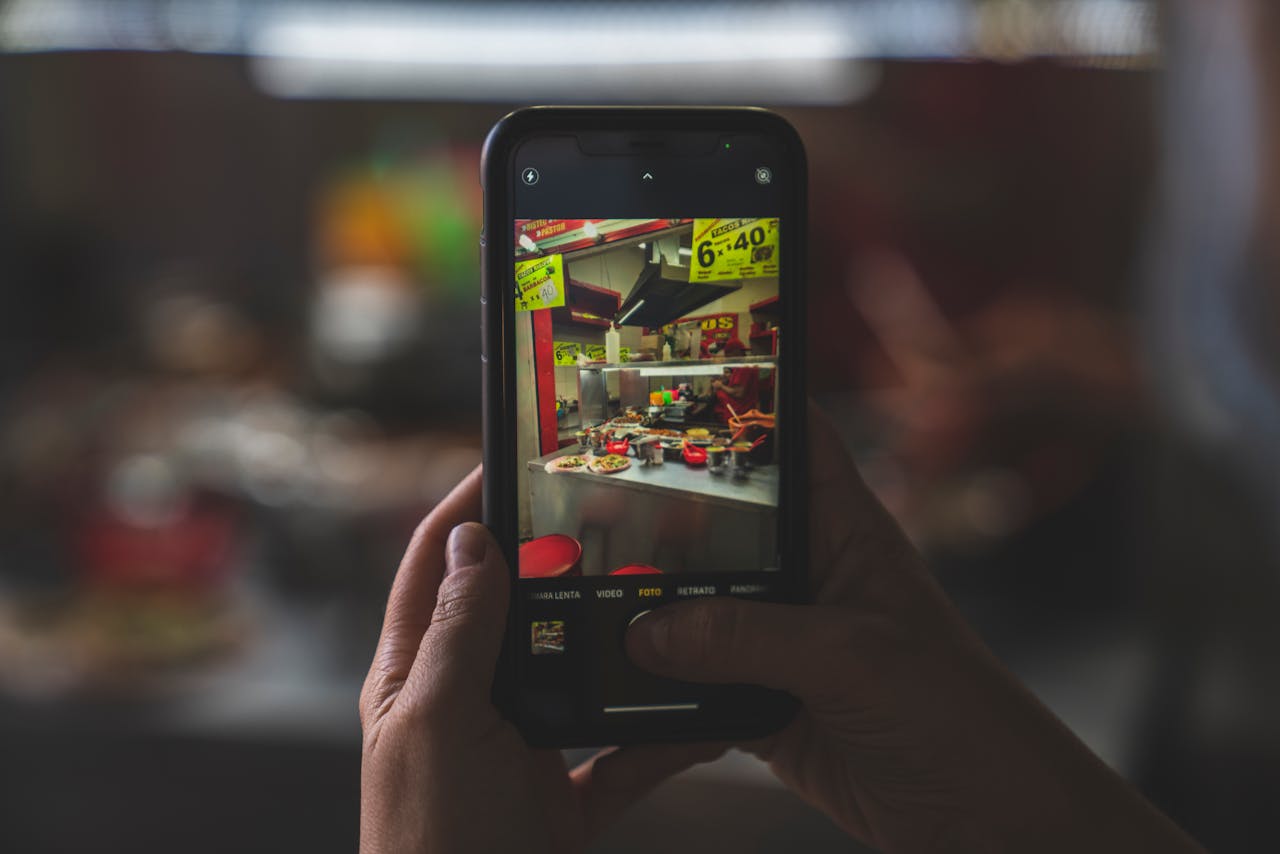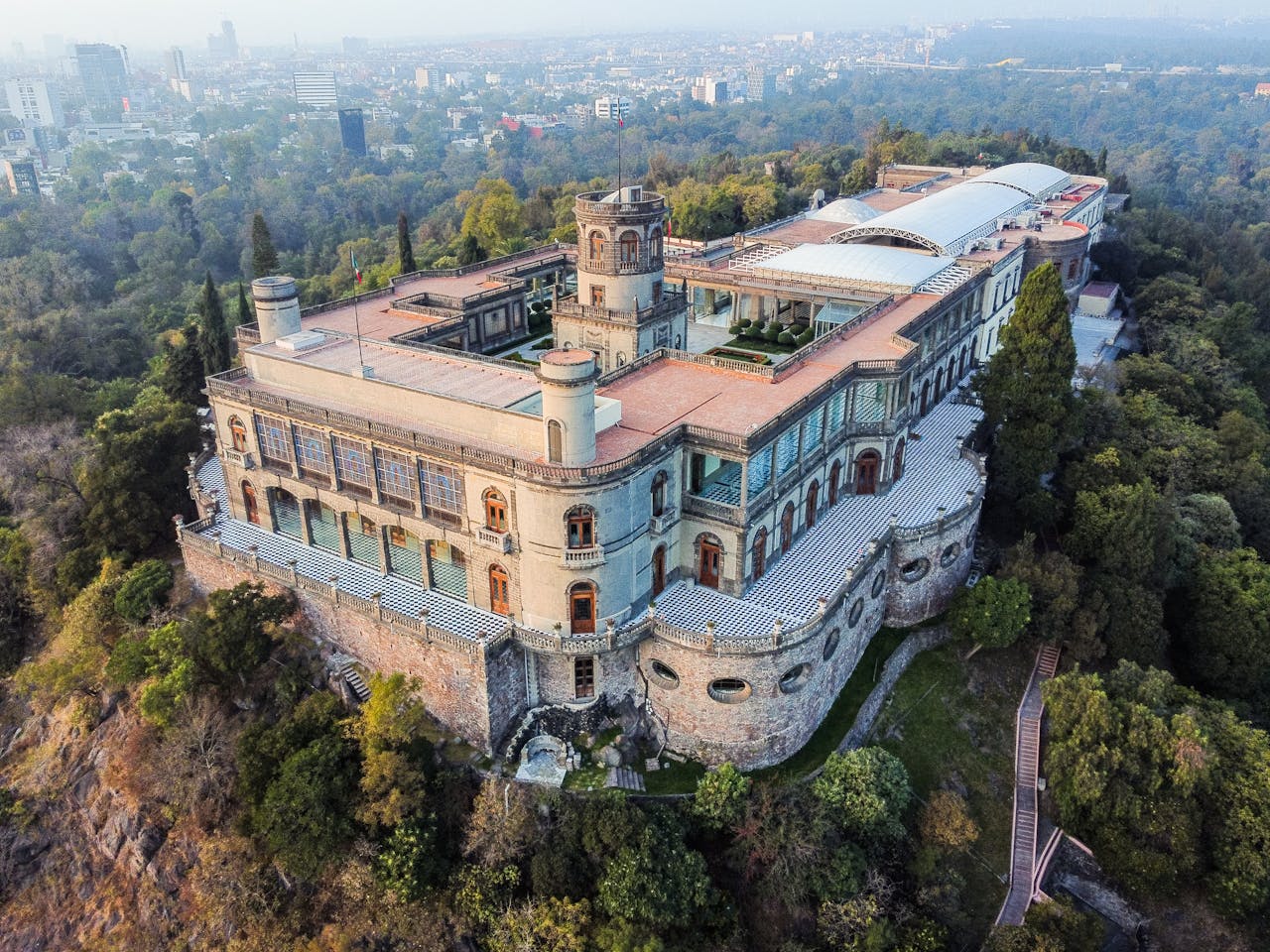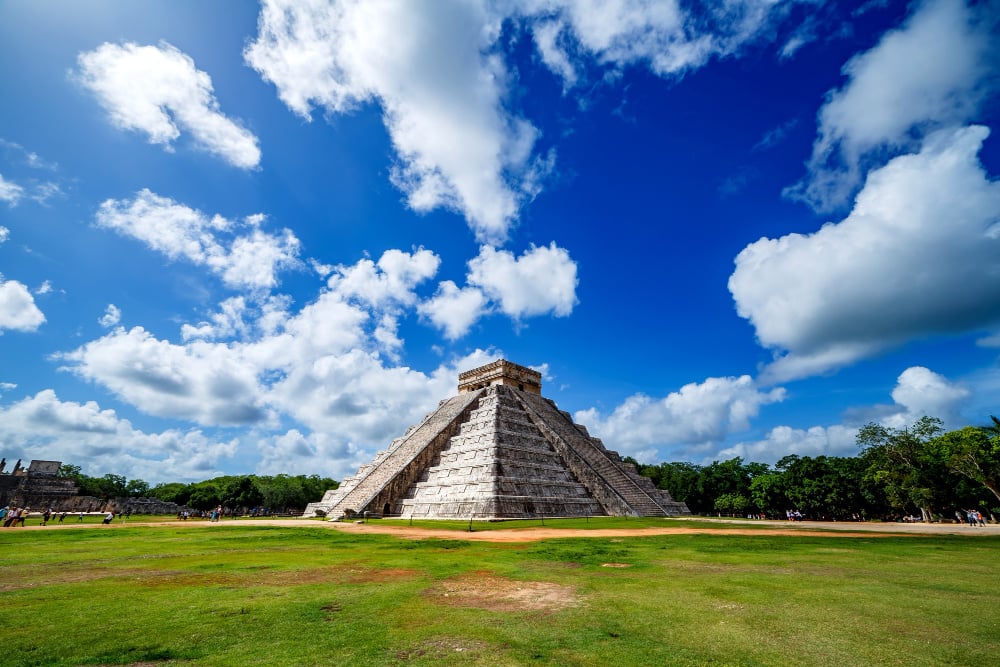Every year between the end of October and November 2nd, Mexico transforms into a colorful celebration of memory and spirit. But what is Day of the Dead in Mexico, and why does it captivate locals and travelers alike? This guide unpacks its rich history, diverse regional traditions, and the emotional depth behind one of the country’s most iconic cultural events.
ORIGINS OF DAY OF THE DEAD
The Day of the Dead (Día de Muertos) is a syncretic tradition that blends pre-Hispanic and Catholic beliefs. For indigenous communities like the Mexicas, Mixtecas, Zapotecas, and others, death was not an end but a transition. When Spanish colonizers introduced Catholic traditions, native rituals merged with holidays like All Saints' Day and All Souls' Day.
This cultural fusion resulted in a unique view of death as a reunion with loved ones. On November 1st, Mexicans honor children and infants ("muertos chiquitos"), and on November 2nd, they remember adults who have passed away.
COMMON TRADITIONS ACROSS MEXICO
Despite regional differences, some Day of the Dead traditions are consistent throughout the country:
ALTARS (OFRENDAS)
Families build altars in their homes to welcome the souls of the departed. These altars include:
- Marigold petals (cempasúchil)
- Copal incense
- Pan de muerto (a sweet bread with bone-shaped decorations)
- The favorite foods and drinks of the deceased
- Photographs, religious icons, and papel picado (cut paper decorations)
Each element is symbolic. For instance, copal smoke is believed to nourish divine beings, and marigold petals guide spirits with their scent and color.
DECORATED CEMETERIES
Families also clean and decorate graves with flowers, candles, and offerings. Some paths from the home to the cemetery are lined with petals to guide the souls.
THE CATRINA
One of the most recognizable figures of this tradition is La Catrina, created by Mexican artist José Guadalupe Posada. This elegant skeletal lady dressed in European garb has become a symbol of the celebration and a reminder that death is the great equalizer.
REGIONAL VARIATIONS
Day of the Dead is celebrated across Mexico, but some regions stand out for their unique customs.
MIXQUIC (MEXICO CITY)
In this traditional neighborhood, locals celebrate "La Alumbrada" on November 2nd. Thousands of candles illuminate the decorated tombs in a collective act of remembrance.
OAXACA
Oaxaca hosts one of the most symbolic celebrations. Altars here are built in steps, often covered with white cloth. The city also constructs the "Plaza de la Muerte" and hosts "Muerteadas," all-night parades with music, dancing, and costumes reflecting the duality of life and death.
JANITZIO (MICHOACÁN)
On the island of Janitzio, children or "angelitos" are honored with nighttime canoe processions. These vessels carry candles and offerings in a spectacle of serene beauty.
SAN LUIS POTOSÍ
The Xantolo celebration combines Catholic and indigenous rites. Families hold candlelit vigils, pray, and bring food and flowers to local cemeteries.
AGUASCALIENTES
The city pays tribute to La Catrina with the Festival de las Calaveras. Events include parades, art exhibitions, and tributes to Posada's legacy.
XOCHIMILCO (MEXICO CITY)
Here, the legend of La Llorona is reenacted on the canals. The theatrical performance draws thousands and adds a mystical layer to the holiday.
EXPERIENCING DAY OF THE DEAD IN MEXICO CITY
The capital offers several ways to immerse yourself in the celebration:
- Visit the mega altar in the Zócalo (main square)
- Attend parades and concerts
- Explore traditional markets for sugar skulls, candles, and crafts
- Tour Mixquic or Xochimilco for authentic experiences
To make the most of your visit, consider staying at places to stay in Mexico City. Wynwood House offers stylish and comfortable accommodations in central neighborhoods.
For a more upscale experience, explore luxury places to stay in Mexico City through The Collection by Wynwood House. These properties combine elegant design with proximity to cultural landmarks.
FINAL THOUGHTS
So, what is Day of the Dead in Mexico? It’s a celebration of life, memory, and the unbreakable bond between the living and the dead. Through altars, flowers, food, and song, families reaffirm that their loved ones are never truly gone. They return each year, welcomed with joy and reverence.
Witnessing Day of the Dead in Mexico is more than observing a tradition—it’s stepping into a vibrant, spiritual, and deeply human celebration.
FREQUENTLY ASKED QUESTIONS
WHEN IS DAY OF THE DEAD CELEBRATED?
From October 31st to November 2nd, with specific days honoring children and adults who have passed away.
WHAT FOODS ARE ASSOCIATED WITH DAY OF THE DEAD?
Pan de muerto, tamales, mole, hot chocolate, and the favorite dishes of the departed.
IS DAY OF THE DEAD A SAD HOLIDAY?
Not at all. It is a joyful and respectful celebration that honors the lives of loved ones who have passed.



